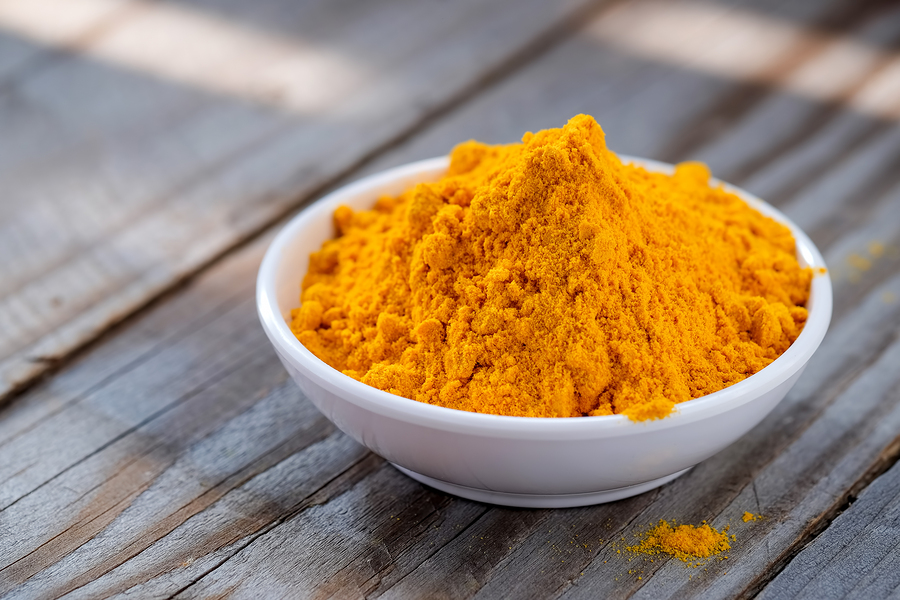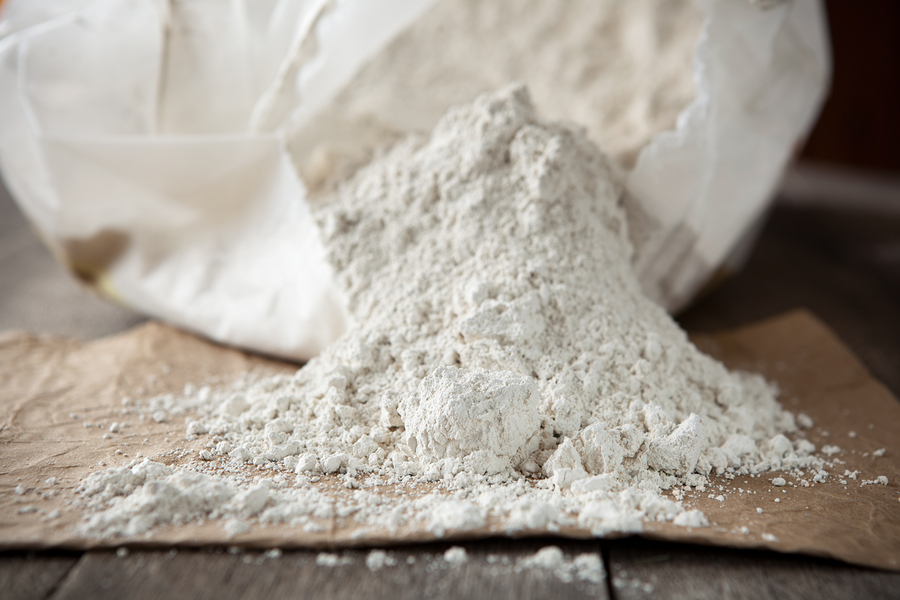Raising Chickens To Feed Your Dogs (and Cats)
Raising chickens for their eggs and meat is the single best step you can take in feeding your dog an organic, home-raised, raw diet, without breaking the bank. Many people shy away from feeding their dog a raw diet because of the price of raw…



